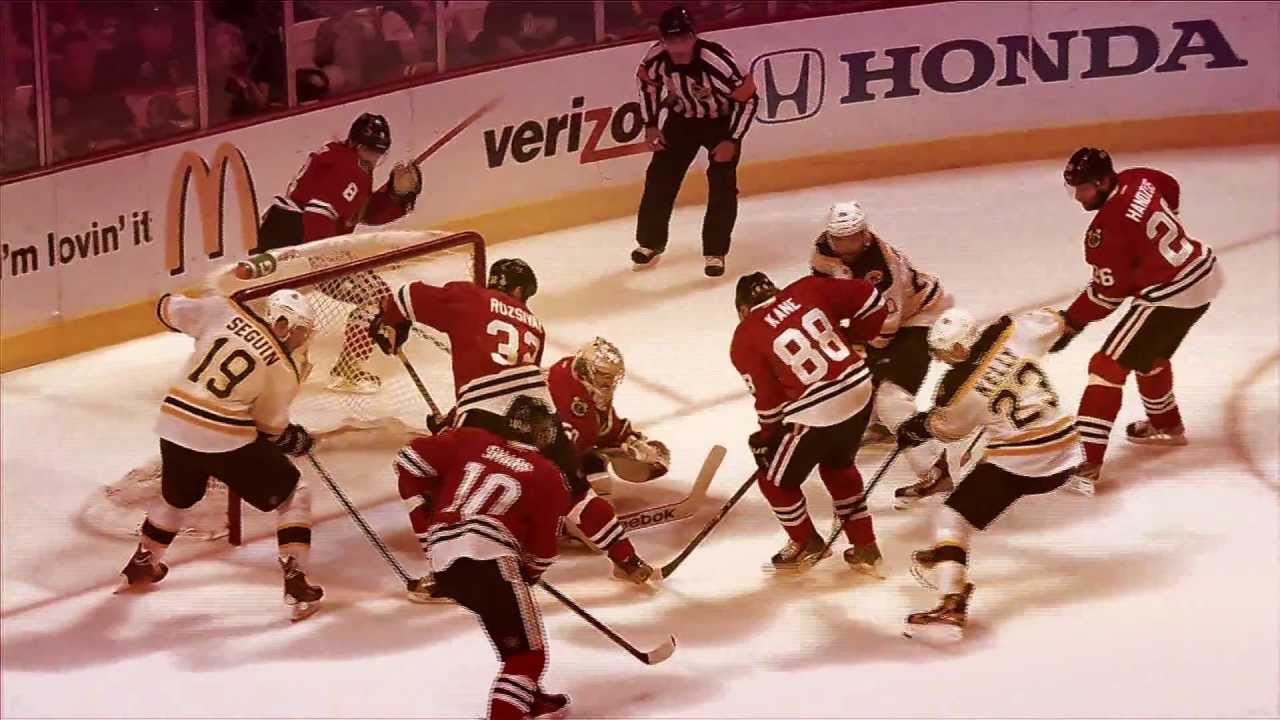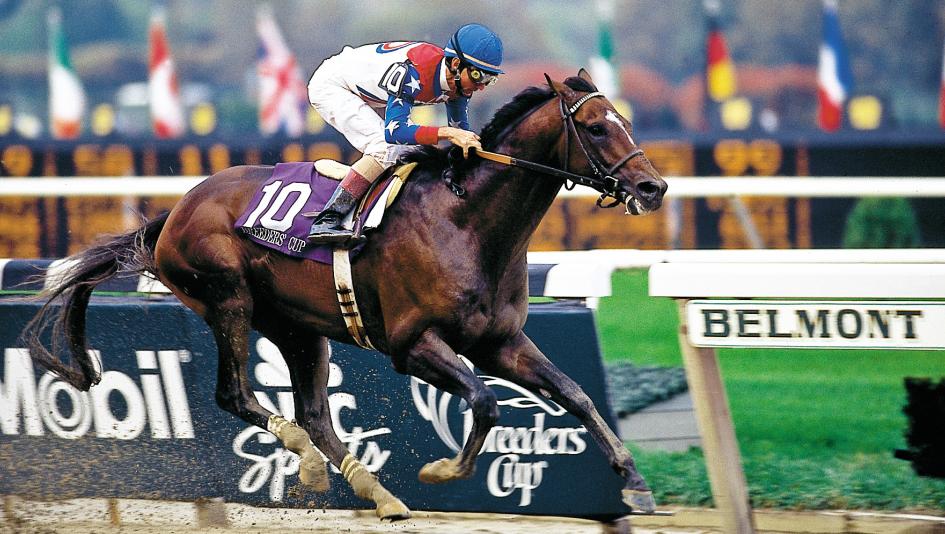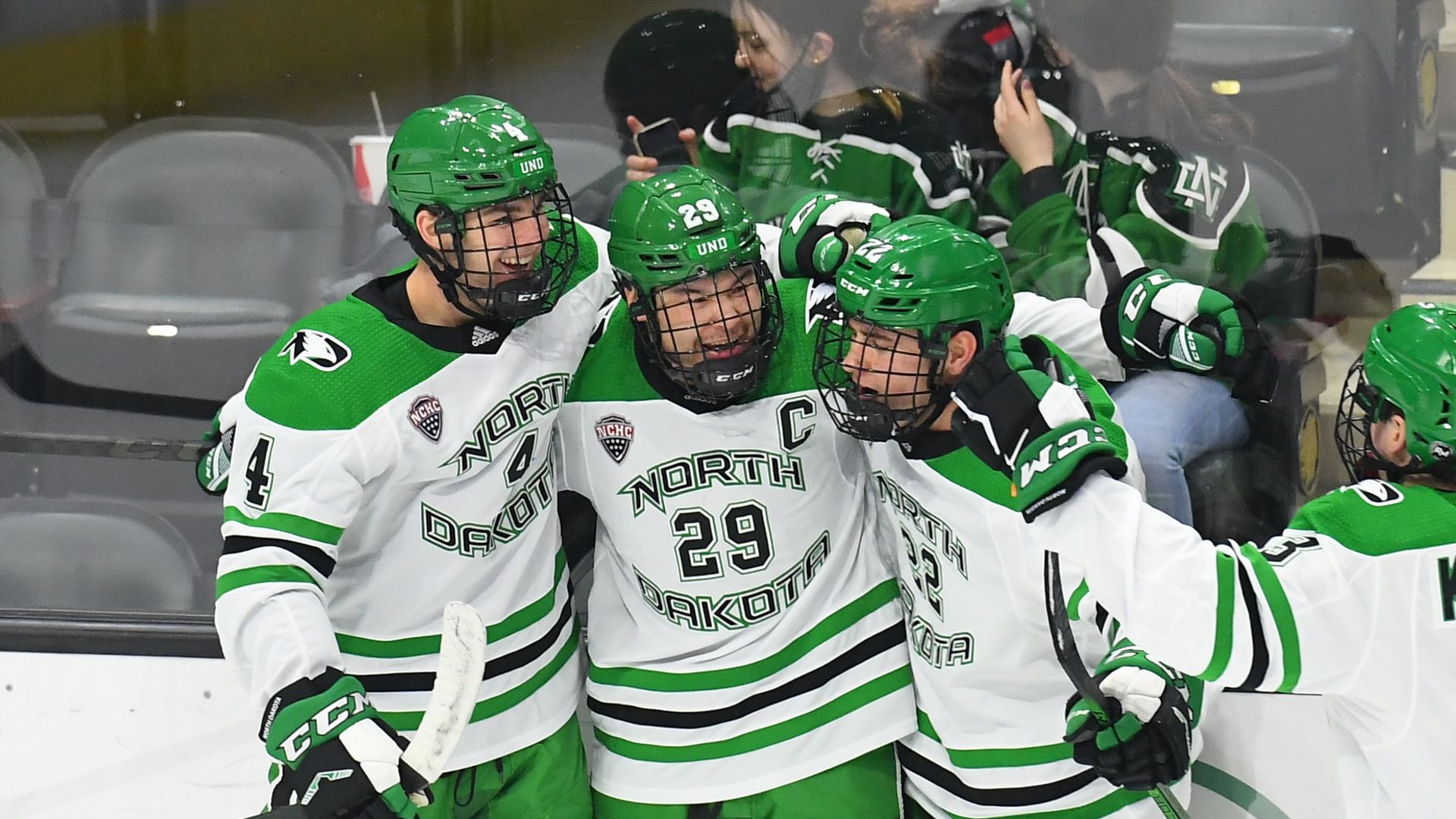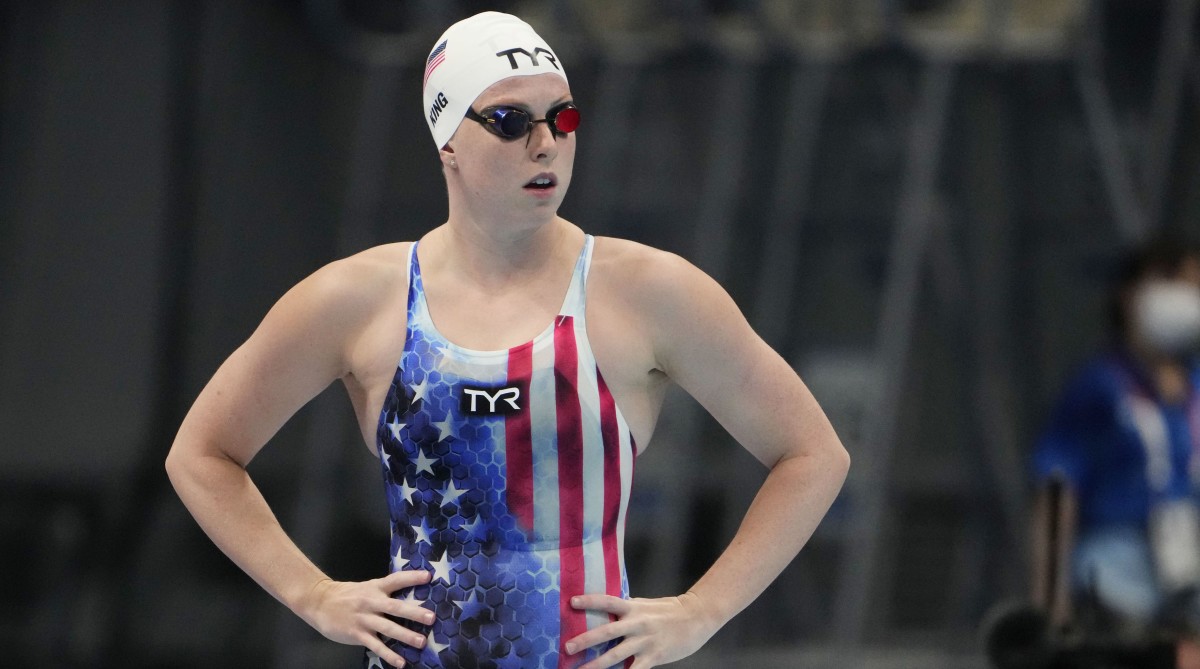The National Basketball Association was formed 70 years ago this Saturday.
Long before it became the premier professional basketball league in the world, the NBA was the red-headed stepchild of American sports. In the 1940s, baseball, boxing and horse racing were king. Hockey was well established and college football was even more popular than it is today. While college basketball had a huge following – particularly in New York City — the pro game was viewed as inferior. Before the advent of the shot clock in 1954, professional basketball was slow and boring. The sport was further tarnished by a scandal involving Fort Wayne Pistons forward Jack Molinas, who was banned for betting on his own team’s games.
Established in 1937, the National Basketball League [NBL] was comprised of 13 teams located in the Great Lakes area. Made up of small-market franchises that held their games in tiny gymnasiums, the NBL struggled at the gate. In 1946, the upstart Basketball Association of America [BAA] was founded. The BAA established itself in bigger cities than the NBL and played its games in major-market arenas such as the Boston Garden, Chicago Stadium and Madison Square Garden.
The NBA has had only five commissioners in 70 years. The first, Maurice Podoloff, served concurrently as president of the American Hockey League. David Stern enjoyed the longest tenure, presiding over the league for 30 years. Stern was replaced by current NBA commissioner, Adam Silver, in 2014.
The BAA started with 11 teams, four of which folded before the second season. Prior to the 1948-49 campaign, four teams from the NBL — the Fort Wayne Pistons, Indianapolis Jets, Minneapolis Lakers and Rochester Royals — joined the BAA. This was both a coup for the new league and dagger for the NBL. The Lakers were defending NBL champions and their center, George Mikan – the original big man and pioneer of the modern age of basketball – was the game’s greatest player and biggest star.
After a three-year battle in which the NBL and BAA competed for fans and players, the two leagues decided to come together. Representatives from both sides met at the BAA offices in New York’s Empire State Building to finalize the merger and, on August 3, 1949, the National Basketball Association [NBA] was launched. The new league had 17 franchises located in a mix of large and small cities. Some played in spacious arenas, while others performed in armories and high school gyms.
Following the 1949 merger, the NBA had 16 teams, but the new league quickly began losing members. By 1955, the number of teams in the league had dropped to just eight – all of which remain in the NBA today. The Chicago Packers joined in 1961. Renamed the Zephyrs the following season, the franchise has been a mess [the Zephs moved to the D.C. area in 1963 and were the Baltimore/Capital/Washington Bullets before becoming the Wizards in 1997]. Between 1966 and ’68, the NBA expanded from nine to 14 teams, introducing teams in Chicago, Seattle, San Diego, Milwaukee and Phoenix. By 1974, the league had grown to 18 franchises.
The American Basketball Association came about in 1967, placing teams in smaller markets while igniting a bidding war with the NBA for talent. In 1976, the two leagues merged, with the ABA’s Indianapolis Pacers, Denver Nuggets, San Antonio Spurs and New Jersey Nets being absorbed by the NBA. But the product was dull and fan interest was waning. From 1975 to 1979, CBS aired weeknight playoff games on tape delay, broadcasting them at 11:30 p.m. ET. The NBA was so lackluster that CBS affiliate WCPO in Cincinnati didn’t even carry many regular season games, deciding to run movies and other programming instead.
By the early 1980s the NBA was plagued by money-losing franchises, low attendance, declining TV ratings and dwindling national appeal. The situation looked bleak until Magic, Larry and Doctor J rode in to town wearing white hats.
In 1979, the NBA adopted the ABA’s three-point field goal. That same year, rookies Larry Bird and Magic Johnson entered the league, setting up one of basketball’s greatest individual rivalries while simultaneously resurrecting that of the Celtics and Lakers. David Stern was named commissioner in 1984. Stern played a major role in the growth of the league, implementing salary caps and expanding network and cable television deals. But it was the arrival of Michael Jordan, coupled with the Bird v Magic rivalry and the presence of Julius Erving, that saved the NBA.
Foreign-born players have had a tremendous impact on the game. Italian-born Hank Biasatti, who played six games for the Toronto Huskies, was the NBA’s first international player. Nearly 50 years later, the 1992 Olympic Dream Team broadened the global appeal of basketball. In 1991-92, there were 23 international players representing 18 countries on NBA rosters. By 2017-18, the league included 108 foreign-born players from 42 countries.
The NBA has witnessed some of sports’ greatest dynasties during its seven-decade existence. The first was the Minneapolis Lakers who, led by Mikan, won five titles from 1948 to 1954. In 1957, rookie center Bill Russell joined the Boston Celtics. Arguably the greatest team player in history, Russell guided the Celtics to 11 championships in 13 seasons, including eight straight from 1959 to 1966.
The 1980s were dominated by the Celtics and Lakers [who moved to Los Angeles in 1960]. Led by Bird and Johnson, the teams combined to win eight of ten league titles during the decade. The 1990s belonged to Jordan and the Chicago Bulls. Considered by many the greatest player in NBA history, Jordan willed the Bulls to six titles, including three-peats from 1991-93 and 1996-98.
The turn of the century brought about the emergence of the San Antonio Spurs and a revival of the Lakers. The Spurs won four titles between 1999 and 2007, while L.A. claimed five between 2000 and 2010. The Golden State Warriors have been the most dominant team of the last decade, appearing in five straight NBA Finals between 2015 and 2019, winning three.
The Hawks have moved more than any other franchise. They were the Buffalo Bisons for one month, then moved to Moline and became the Tri-Cities Blackhawks. After rebranding as the Hawks, the club moved to Milwaukee and then St. Louis before settling in Atlanta in 1968.
The NBA originated with 16 teams and, within a few years, was down to eight. In the 70-year history of the league, 17 former teams became defunct and 22 franchises relocated. The NBA currently boasts 30 franchises. The U.S. is home to 29 teams while one – the 2019 champion Toronto Raptors – is in Canada. The league is truly national in scope, with 13 teams in the Eastern Time Zone, nine in the Central, three Mountain and five in the Pacific Time Zone.
The NBA is not without problems. It is a league full of greedy owners and overpaid, entitled players. If you’re looking to see defense and effort, the NBA is not for you. And while the 82-game regular season schedule is bloated and largely meaningless, the NBA is growing in popularity. The league has broadened its global reach and is now China’s favorite brand. The NBA is the most followed sports league on social media and hopes to help basketball surpass soccer as the world’s number one sport.
Editor’s Note: To this day, the NBA claims the BAA’s history as its own. It now considers the arrival of the NBL teams in 1949 as an expansion, not a merger, and does not recognize the NBL records and statistics. This historical revisionism is ludicrous and insulting, as the older NBL contributed significantly to the growth of professional basketball in America and the success of the NBA. Five years before Jackie Robinson would break baseball’s color barrier, the NBL included several African-American players. Seven NBL players landed in the Naismith Basketball Hall of Fame. Two of them – George Mikan and Dolph Schayes – were voted to the NBA’s 50th Anniversary All-Time Team in 1996. Five current NBA teams trace their history to the NBL: the Lakers, Kings, Pistons, Hawks and 76ers.









